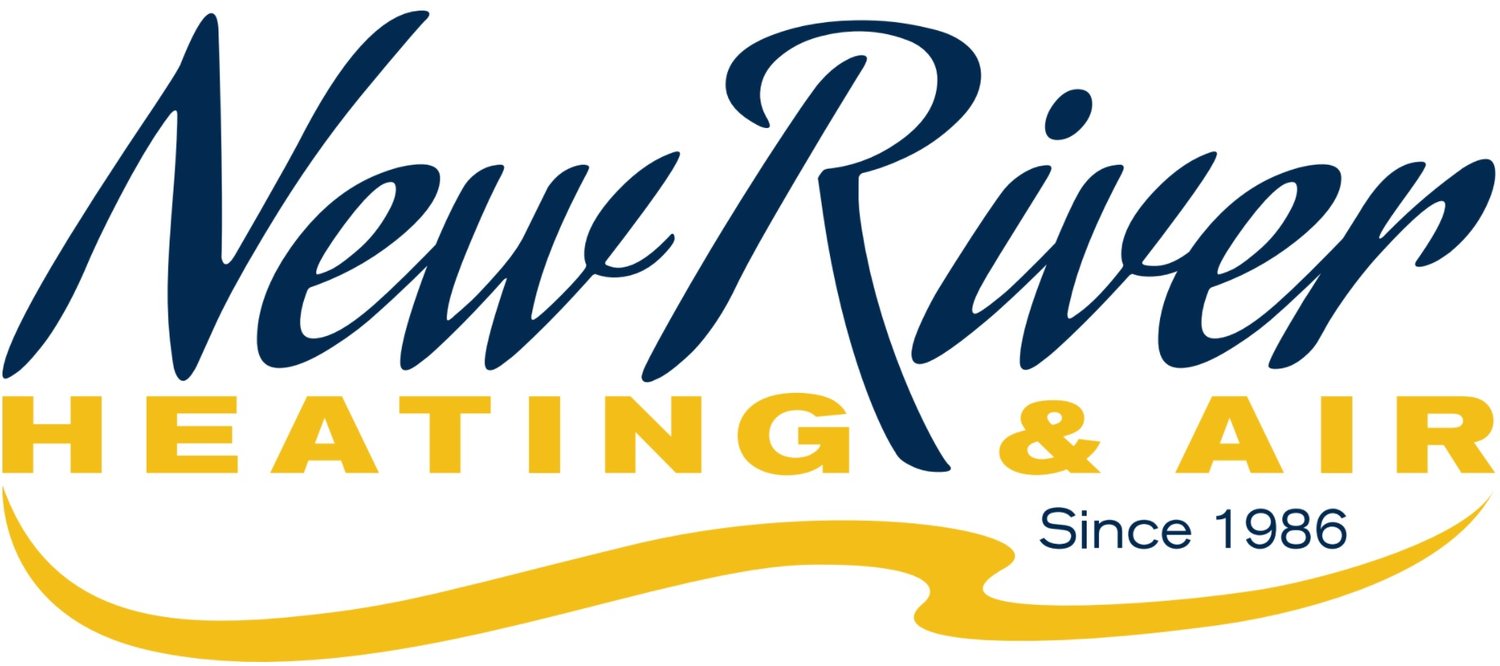Furnace Combustion Analysis 101: Technicalities and Insights That Improve Efficiency and Reduce Emissions
Combustion analysis is a crucial process necessary to understanding and improving the performance of your furnace in ways that ensure safe operation and a reduction in emissions. Furnace combustion analysis examines various factors to evaluate how effectively fuel is consumed within the furnace. These parameters are particularly relevant for residential heating applications. Optimally balanced combustion can result in substantial utility savings and performance improvements. Exploring the technicalities and insights involved with combustion analysis is a good move for any homeowner.
Technical Components of Combustion Analysis
The objective of any combustion process is burning fuel as completely as is physically possible. Ideally, the process produces the maximum volume of heat energy with a minimal amount of waste particulates and gases. Combustion rarely happens perfectly and can create carbon monoxide, nitrogen oxides, particulate matter, and unburned hydrocarbons. The efficiency of combustion can be impacted by furnace design, fuel type, and air quality.
The balance between air and fuel is a crucial aspect of efficient combustion. There should be just enough air for all of the fuel to burn, but many furnaces operate with a little excess air for safety reasons. Having just a bit extra can ensure the combustion process is allowed to complete.
Combustion temperature impacts both how thorough combustion is and how pollutants are formed. Higher temperatures usually yield more complete combustion, but temperatures that are too high can foster the formation of NOx byproducts. Optimizing the heating output is an important part of the analysis process.
Emission measurement is a crucial element of a thorough assessment because it points to environmental impact and furnace efficiency. Emissions typically get measured in specific terms of particle matter, CO, sulfur dioxide, and NOx. Gas analyzers provide real-time data on pollutants, but other technologies can also provide ongoing monitoring.
Efficiency calculations compare the energy input of fuel versus the useful heat output. This might be calculated by assessing stack loss of heat lost via exhaust gases or analyzing flue gas emissions.
Tools and Techniques for Combustion Analysis
Furnace technicians have multiple tools and techniques they can use when doing combustion analysis. Portable combustion analyzers are useful in field applications, and infrared or electrochemical sensors are used to measure a number of different data points from gas samples. Thermal cameras and infrared thermometers monitor surface temperatures and detect inconsistencies in furnace combustion. Data analysis software can process, store, and analyze data over the long term to generate trend reports, highlight potential maintenance needs, and suggest operational improvements.
Insights From Furnace Combustion Analysis
The first insight that furnace combustion analysis can provide is the optimization of fuel use. Technicians can identify areas where fuel use might be reduced, including enhanced insulation, increased temperature control, or adjustments to the fuel-to-air ratio. More efficient fuel use saves on operating costs and reduces overall carbon emissions.
Monitoring emissions can be periodic or continuous, and doing so reveals patterns that might help control pollutants. For instance, optimizing fuel type or reducing excess air might reduce CO and NOx emissions. Both are essential for environmental stewardship and regulatory compliance.
Improved safety is always a concern. Carbon monoxide production can be a serious matter with incomplete combustion. When CO levels are monitored during combustion analysis, operators can be alerted to any unsafe conditions. This helps manage the risk of buildup or exposure in enclosed spaces.
Analysis can also foster predictive maintenance. Combustion efficiency changes might indicate underlying mechanical issues. For example, reduced efficiency could point to clogs in the air intake valves or burner wear, among other potential mechanical faults. Routine analysis that results in predictive furnace maintenance can extend the life span of the furnace and minimize unexpected downtime.
Maintain Your Furnace Combustion Efficiency
Furnace combustion analysis is an essential process that ensures safe and efficient system operations. Monitoring and optimizing emissions, temperatures, and air-to-fuel ratios provide insights into the performance of your furnace. Technicians equipped with the right tools can reduce fuel consumption and maintain safety standards. This benefits both your budget and the environment.
New River Heating & Air serves customers throughout Radford and the surrounding areas in Virginia, including commercial clients and those with new residential construction. In addition to all your heating needs, we offer HVAC, indoor air quality, and duct cleaning services, and we also work with generators and tankless water heaters.
Contact New River Heating & Air for all your home's furnace services and needs.
